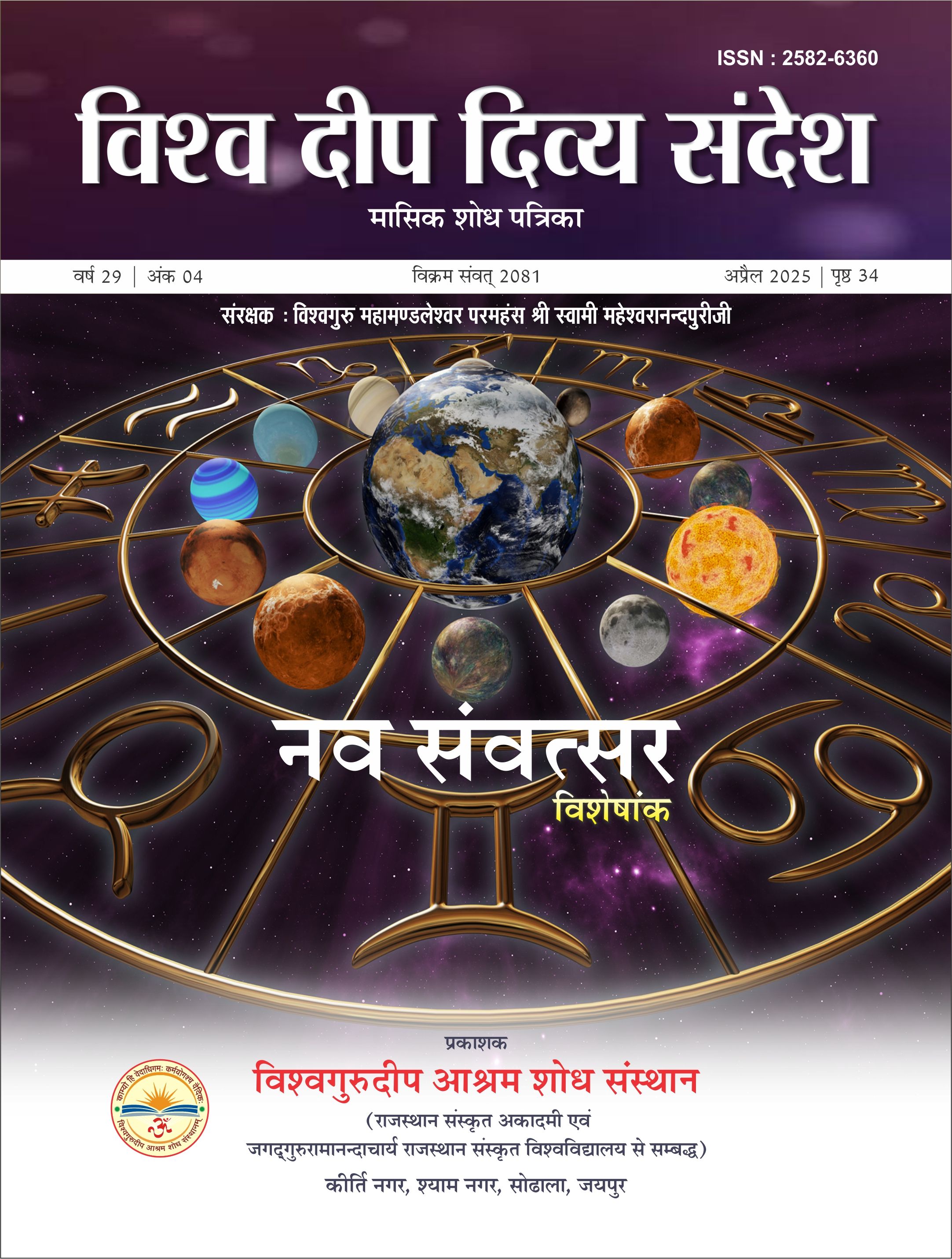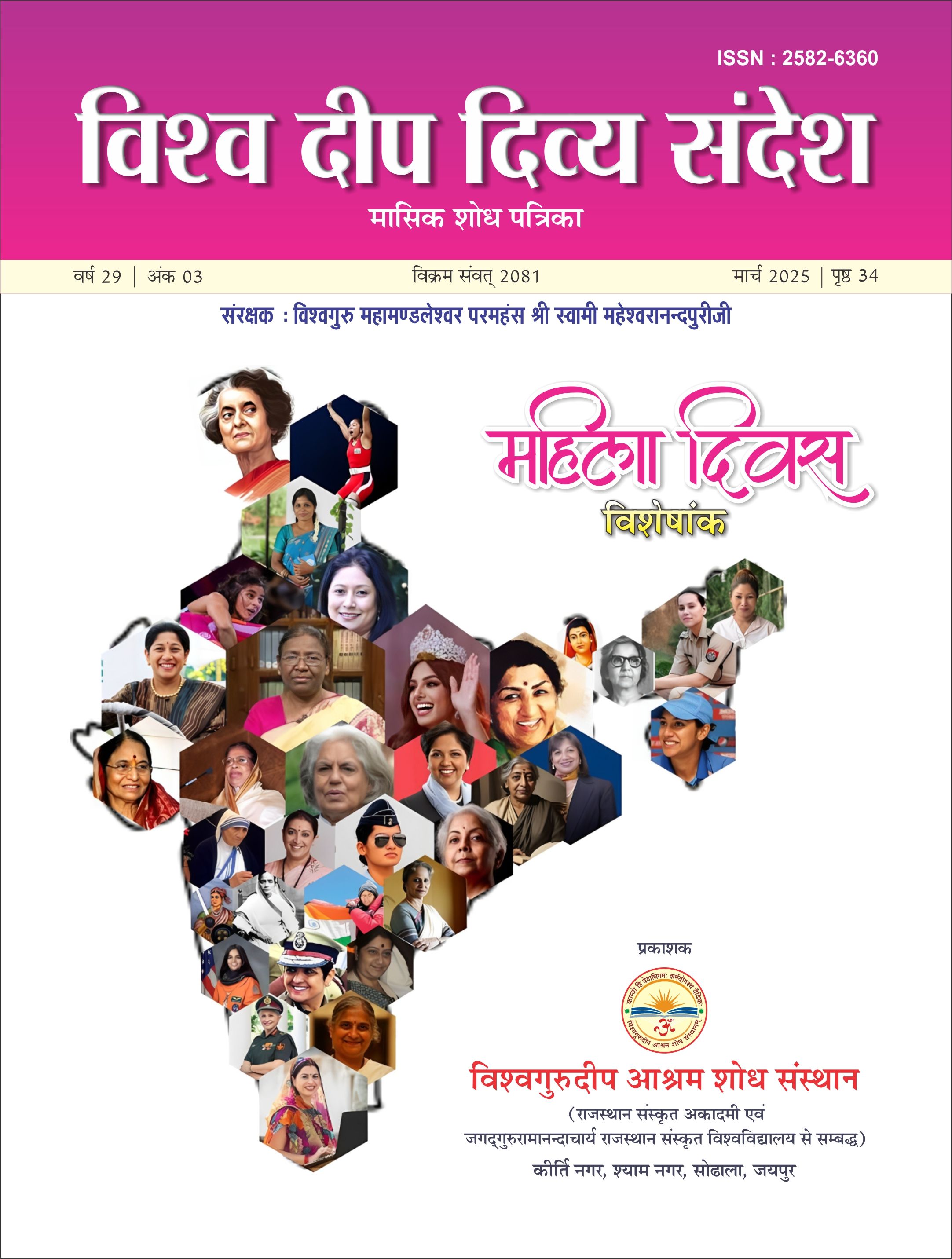- Home
- Activities
- Ishavasya Upanishad - Prof Kailash Chaturvedi
Ishavasya Upanishad - Prof Kailash Chaturvedi
Vedavijñāna Vārtā (23) Śuklayajurvedīya Īśāvāsyopaniṣad
Prof Kailash Chaturvedi
Śuklayajurvedīya Īśāvāsyopaniṣad
Dear friends. In this series of discussions on the Upaniṣads, known as the final part and the knowledge section of the Vedas, we have previously discussed the Ṛgvedīya Aitareya and Kauṣītaki Upaniṣads. Today, in a sequential manner, we present a brief introduction to the Śuklayajurvedīya Īśāvāsya Upaniṣad, which is essentially the main chapter of the Śukla Yajurveda Saṁhitā consisting of forty mantras. Being the primary part of the mantra section, it holds greater significance compared to other Upaniṣads. It is also considered the first Upaniṣad and is said to reveal the nature of the divine reality (bhagavattattvasvarūpa) and the knowledge section. It is named the 'Īśāvāsya Upaniṣad' based on the phrase 'īśāvāsyam idaṃ sarvam' in its first mantra. In the traditional Indian sequence of Upaniṣad enumeration, it is placed first due to its special importance. Another notable aspect is that this Upaniṣad is cited identically in both the Mādhyandina and Kāṇva recensions of the Śukla Yajurveda, and most scholars have written commentaries and interpretations on it.
Īśopaniṣad is a concise Upaniṣad, containing a total of 18 mantras, all of which are in verse form. The most universally loved mantra of the Upaniṣad is:
īśā-vāsya-midam sarvam yat-kiñca jagatyām jagat |
Tena tyaktena bhuñjīthā mā gṛdhaḥ kasya svid-dhanam ||1||
(Meaning: O beings! Whatever inert or conscious forms are visible in this entire universe, this entire world is born from the Lord. Understanding this, keeping that Lord constantly with you, always remembering Him, consume the material objects in this world only from the perspective of duty with a sense of renunciation, that is, perform actions only for the worship of the universal Lord, do not get entangled in other subjects, do not become attached to them because these wealth and fortunate objects do not belong to anyone.)
From the perspective of content, the complete subject is summarized in the first three mantras themselves. In the second mantra, there is a teaching of dedication to duty for those who are proud of their humanity: that a person should wish to live for a hundred years in this world while performing actions, but in no case should they be attached to the actions performed:
Kurvan-neveha karmāṇi jijī-viṣecchatam samāḥ |
Evam tvayi nānyatheto'sti na karma lipyate nare ||2||
(Meaning: Performing actions here, one should wish to live a hundred years. Thus it is in you, not otherwise; the actions do not taint the person.)
Subsequently, from the perspective of subject analysis, the Upaniṣad criticizes the ignorant and void of self, while propounding the infinite essence, endless form, and omnipresence of the self, and describes the fruit of seeing the self in all beings. Furthermore, it teaches the combination of knowledge and ignorance, and the worship of the manifest and unmanifest, resulting in immortality.
Almost all ācāryas (teachers), commentators, and modern scholars have considered the Īśopaniṣad to be a teaching of the harmony between knowledge and action. Ādi Śaṅkarācārya perceived it as separately advocating for steadfastness in knowledge and in action. According to Dr. Sarvepalli Radhakrishnan, the main subject of this Upaniṣad is the unity of Brahman and the world. The great thinker Maharishi Aurobindo believed that this Upaniṣad's primary principle is not only the harmonization of knowledge and action but also the reconciliation of many opposing ideas. In the last four mantras of the Upaniṣad, there is a profound prayer by a devotee seeking the realization of truth after death.
Īśopaniṣad establishes the idea of unity and reconciles many dualities. It lays the foundation for many major principles and concepts in various philosophies. Each mantra in this Upaniṣad brings forth numerous new ideas - it is the origin of the fundamental principles of Vedānta philosophy.
For the prestige of Indian spiritual knowledge and Hinduism, this Upaniṣad has been of utmost importance. At the end of the Upaniṣad, the mantra:
Agne naya supathā rāye asmān viśvāni deva vayunāni vidvān |
Yuyo-dhyasmaj-juhurāṇa-meno bhūyiṣṭhām te namauktim vidhema ||18||
Through this mantra, a prayer is made to Agnideva that after death and cremation, he may lead us to the auspicious proximity of the supreme divine being via the path of the northern direction and remove all obstacles.
Almost all modern thinkers, scholars, and great personalities have praised the glory of the Īśopaniṣad. In this context, the statement of the Father of the Nation, Mahatma Gandhi, is particularly noteworthy. He expressed his views by saying:
"Now I have reached this final conclusion that if all the Upaniṣads and other scriptures were to be destroyed, and only the first mantra of the Īśopaniṣad, 'īśāvāsyam idaṃ sarvam,' were to be preserved in the memory of Hindus, then Hinduism would still live forever. This great Upaniṣad contains not only the essence of the Vedas but also the seed of the Gītā. Lord Śrīmadbhagavadgītā has derived most of its philosophical and metaphysical concepts from the Īśopaniṣad. This is why, over time, the most commentaries, interpretations, and expositions have been written on this Upaniṣad. It is notable not only for its content but also for its unique composition and description."
Each Indian should read, contemplate, and meditate upon this fundamental Yajurvedic Upaniṣad, which is comprised of only 18 mantras.





